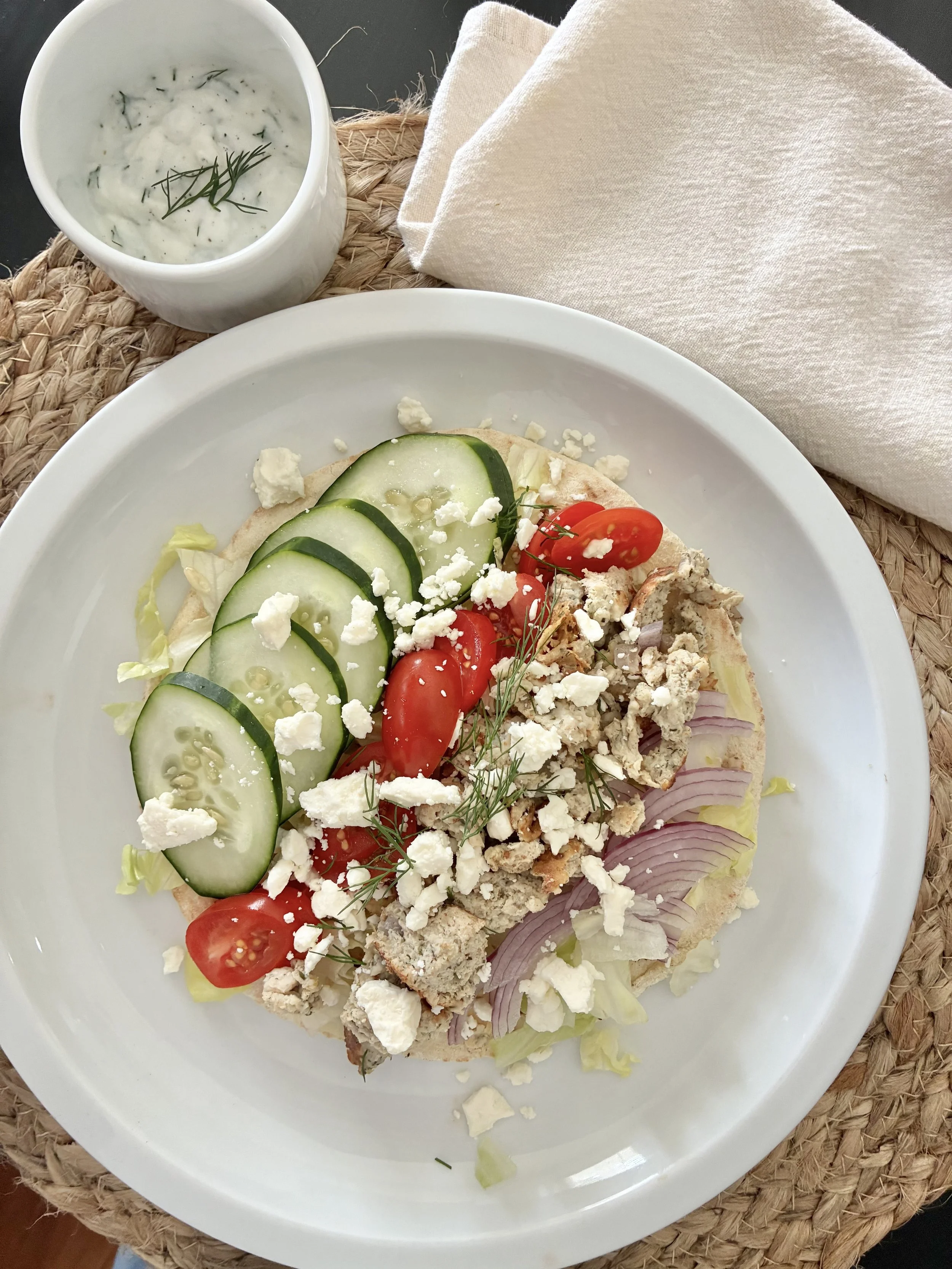5 Weight Loss Mistakes You Might Be Making (And What You Can Do About It)
/5 Mistakes you’re making in your quest for weight loss
If you’ve been eating healthier, working out, and generally improving your lifestyle habits to lose weight but aren’t seeing results, it’s easy to feel frustrated—or even like your efforts aren’t worth it. You’re definitely not alone. This is something we see all the time with guests at our weight loss retreat and our health coaching clients.
Often, people are doing all the “right” things: hitting the gym, meal prepping, making healthier choices—but somehow the scale doesn’t move, clothes fit the same, or energy levels plateau. What’s happening is usually a combination of small habits, overlooked factors, or mismatched strategies that quietly undermine progress.
The good news? Most of these obstacles can be addressed with a few thoughtful adjustments. Sometimes it’s as simple as tweaking your diet, shifting the type of exercise you do, paying attention to sleep, or learning how your body responds to stress.
→ It’s not about doing more—it’s about doing what actually works for your body and your lifestyle.
Here are some of the most common mistakes people make when trying to lose weight—and how to avoid them:
ONE: Overeating Healthy Food
Just because a food is considered "healthy" doesn’t make it a freebie! It’s easy to lose track of how much we’re consuming, even with foods like grilled proteins, potatoes, brown rice, and nuts. While these foods are nutritious, their calories can add up quickly if eaten in excess.
What To Do About It:
Practice Portion Control:
Measure your intake to ensure you're eating appropriate amounts. Tools like measuring cups or a food scale can be incredibly helpful.Track Your Food Intake:
Keep a journal or use an app to monitor what and how much you're eating. This provides accountability and helps you identify patterns in your eating habits.Learn the Eyeball Method for Portion Control:
The eyeball method is a simple way to gauge appropriate serving sizes without needing scales. Here's how to do it:For Women (per meal):
Protein: 1 palm (size and thickness of your palm)
Carbohydrates: 1 cupped hand (about 1/4 - 1/2 cup)
Vegetables: 1 fist (green leafy veggies are generally free!)
Fat: 1 thumb
For Men (per meal):
Protein: 2 palms
Carbohydrates: 2 cupped hands (about 1/2 - 1 cup)
Vegetables: 2 fists
Fat: 2 thumbs
Try Intuitive Eating to Balance Hunger & Fullness
TWO: Snacking
When you cut calories or start a new nutrition regimen, it's common to feel more hungry. This hunger can lead to high-calorie snacking, especially if you’re eating without a plan.
What To Do About It:
Plan Your Meals & Snacks:
Stick to a regular eating schedule, including breakfast, lunch, afternoon snack, dinner, and an evening snack. Having a plan ensures you aren’t left scrambling when hunger strikes.Distinguish Between Real Hunger & Boredom:
Sometimes, we eat because we’re bored, distracted, or thirsty. If you feel hungry, first drink a glass of water and wait 10-15 minutes to assess if you still need a snack.Choose Low-Calorie, Satisfying Options:
Swap cookies or chips with healthier options like apple slices, air-popped popcorn, or carrot sticks.
THREE: Eating While You Cook
It’s a sneaky habit! Munching on leftovers, taste-testing, or grabbing handfuls of high-calorie foods while cooking can add up to hundreds of calories without you even realizing it.
What To Do About It:
Preemptive Snacking:
Have a small, balanced snack a few hours before dinner. This can reduce excessive hunger during cooking time. A good snack includes a mix of protein, carbs, and healthy fats.Swap for Low-Cal Options:
If you can’t resist the urge to snack while cooking, stick to lower-calorie options like cucumber slices, celery, or cherry tomatoes.
FOUR: Not Mixing Up Your Workouts
If you always do the same workout routine—whether it’s just walking daily or sticking to the same strength training exercises—your body can adapt, and your progress may stall. Change is necessary to build strength, burn fat, and prevent plateauing.
What To Do About It:
Incorporate Variety:
Include a mix of the following:Cardio: Both intense HIIT and steady-state cardio (walking, running, cycling, swimming).
Strength Training: Incorporate a mix of moderate to heavy resistance for muscle-building.
Core & Balance Training: Pilates, yoga, or balance exercises help maintain strength and flexibility.
Use a Fitness Journal:
Keeping track of your routine allows you to evaluate your progress and plan changes when necessary.Take a Class or Hire a Trainer:
Group classes or working with a personal trainer can introduce new routines and ensure your workouts are diverse and effective.Don’t Stick to “Comfort” Movements:
Switch up your workout movements regularly. For instance, if you’re doing squats every workout, try Bulgarian split squats or deadlifts instead to challenge your body differently.
FIVE: Exercising Too Much (and restricting food more than necessary)
Excessive exercise can backfire, especially if you’re burning more calories than you’re consuming. When you overtrain without sufficient rest or proper nutrition, your body can respond by storing calories due to stress and hormonal imbalances.
What To Do About It:
Ensure Your Nutrition Supports Your Activity Level:
Your body needs fuel! Prioritize balanced meals with:Protein: for recovery and muscle repair.
Carbohydrates: for energy.
Healthy fats: for sustained fuel.
Add an Additional Meal or Snack if Needed:
If you’re training intensely, you may need more energy. Have an extra protein shake, a balanced meal, or a pre-workout snack to support your activity.Rest & Recovery:
Include rest days in your weekly routine to give your muscles and body time to repair and prevent injury. Active recovery options like light yoga, walking, or swimming are great alternatives.
Keep Going: Your Next Steps
Want to dive deeper? Here are a few resources to keep the momentum going:
📌 Related Posts
✓ Done-for-You Guides
High Protein Meal & Recipe Bundle → easy, healthy meals in one place
Mediterranean Diet Refresh → fully guided program for easy, sustainable weight loss
SAY HELLO TO HEALTHY WEIGHT LOSS WITH THE MEDITERRANEaN DIET REFRESH
One of our most complete programs, the Mediterranean Diet is touted as one of the healthiest in the world. It’s naturally anti-inflammatory and promotes a balanced lifestyle that you can live with for good. With our program, you’ll enjoy:
9 week guided journey
Over 200+ recipes
Done-for-you meal plans
Weight loss guidance
Customization for your own lifestyle
Progress tracking & more!






















